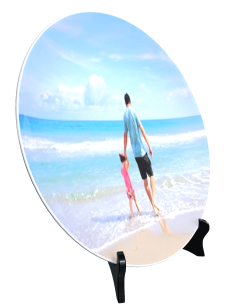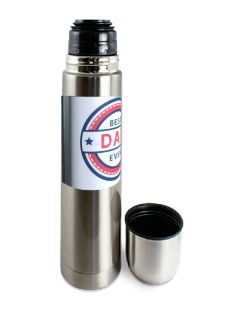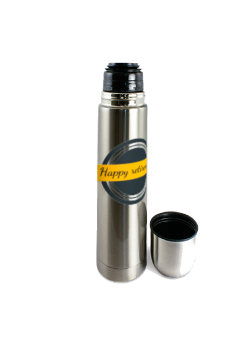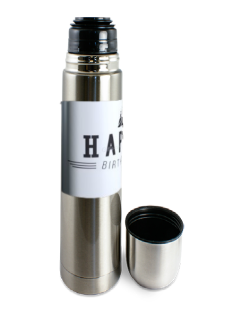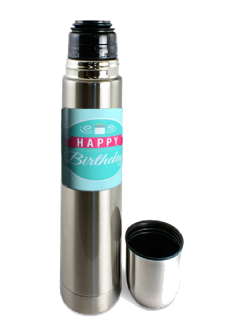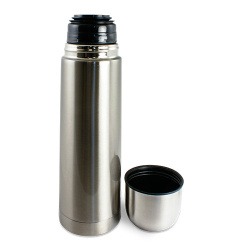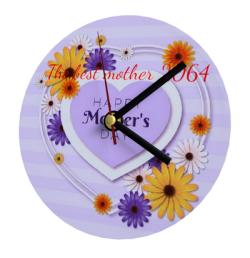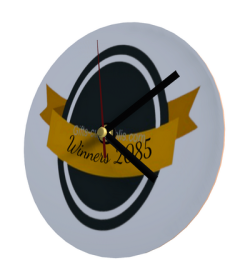Plate to customise
An excellent choice of unusual and unique gift is to offer a personalised plate with the photo of the toddler for his baptism or of the couple celebrating their… th wedding anniversary or grandparents for their party or for any other reason… A traditional but very important gift, a decorative gift to immortalise your most beautiful moments, a gift that will stand the test of time. A souvenir gift idea for a wedding anniversary, a birth, a baptism, a communion… To offer mum for her Mother’s Day or her birthday, a plate decorated with a funny photo of the children with their dad who each holds a balloon in the shape of a heart. A nice gift for mum, she can display it near her bed or in the living room. Gift to give to dad for his Father's Day or his birthday and another plate with another equally hilarious photo of the children with mum this time. Thus, each of the parents will have their personalised plate. As an original Christmas gift, if your child loves to draw, a beautiful plate decorated with a photo of his prettiest drawing will please grandparents immensely, or godparents. A decorative gift personalised according to his imagination, to offer for all occasions.





































